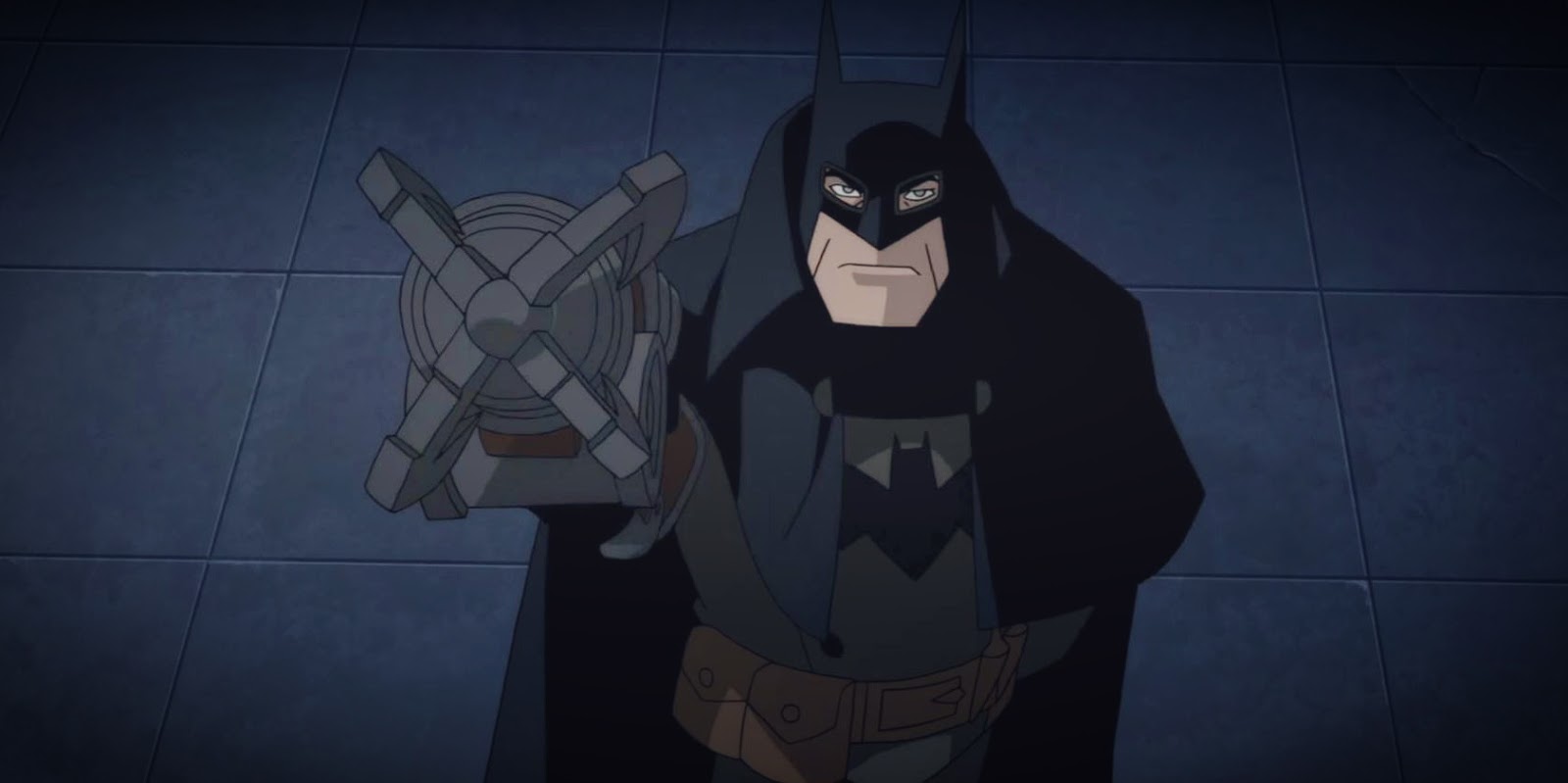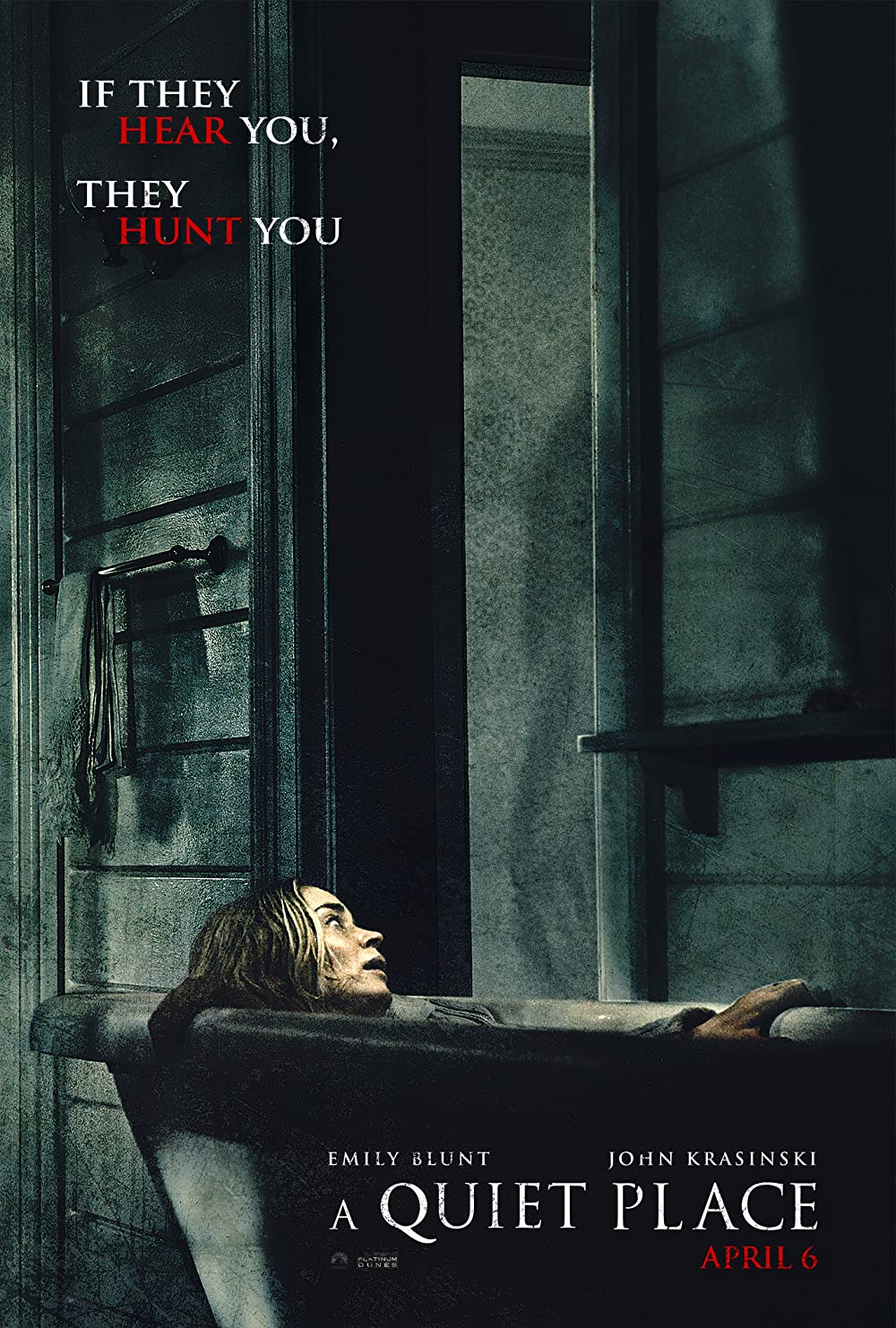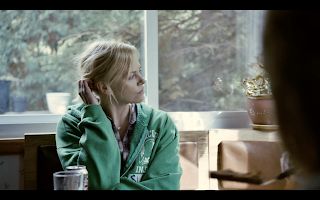The Dark Knight Returns introduced the theory that Batman riding a horse is the mark of a good movie. Director Sam Liu's Gotham by Gaslight is compelling evidence and a great movie in its own right anyway.
Gotham by Gaslight is an alternative universe story where a 19th century Batman (Bruce Greenwood) must catch Jack the Ripper. At 78 minutes, that sounds like a streamlined story, but Liu and screenwriter Jim Kreig fit a lot into their runtime. This new setting includes a reestablished origin for Gotham.
Don't worry, Bruce Wayne's parents aren't featured in the movie, but the Monarch Theatre plays a central role, as Jack attacks women who perform there. First up, is a de-powered Poison Ivy (Kari Wuhrer) who starts things off on the wrong foot. The movie opens with her performance, and the animation feels noticeably rigid. While not wanting Poison Ivy to dance to provocatively is a good thing, there are ways to give her a creative, well-animated performance that's clean. She just kind of moves left and right a little. Luckily, once Batman tries to intervene the animation picks up considerably. The fight scenes are choreographed and sound similar to the ones in The Dark Knight Returns. Batman and Jack are fast, but their blows feel heavy and satisfying.
After their first meeting, a lot of time is spent on Bruce Wayne and the locals of Victorian Gotham, and Gotham by Gaslight becomes its own film. The setting and characters are well-developed and set up in a way that suggests Liu and Kreig will return them. Characters featured include Harvey Dent (Yuri Lowenthal), Catwoman (Jennifer Carpenter), and, interestingly, multiple pre-Robin Robins who already know each other. There's no telling how this could evolve, and Gotham by Gaslight encourages second-guessing of ideas.
Similar to the opening of the movie, animation, unfortunately, isn't the only thing that's occasionally rushed. Harvey, also unfortunately, isn't that well written as the links between Jack the Ripper and Two Face are clear to anyone old enough to watch the movie. It's handled in a very upfront matter, and how annoying the audience finds it will vary. At the very least, all the lines are delivered well by the cast, especially Batman's.
Bruce Greenwood returns to the booth, after voicing Batman in Under the Red Hood and Young Justice. He's fantastic, and like Kevin Conroy and Roger Craig Smith (Batman: Arkham Origins), he understands what makes Bruce Wayne compelling with and without the cowl. Working with Jennifer's Carpenter's Catwoman and an extended amount of time as Gotham's socialite adds new dimensions to a role he already had down to a science.
Occasionally rushed writing and animation hold back a would-be perfect addition to the DC Animated Universe, but these moments are in a world as well-realized as the one in The Dark Knight Returns. That one, technically, got a sequel, so maybe this one should too?
Don't worry, Bruce Wayne's parents aren't featured in the movie, but the Monarch Theatre plays a central role, as Jack attacks women who perform there. First up, is a de-powered Poison Ivy (Kari Wuhrer) who starts things off on the wrong foot. The movie opens with her performance, and the animation feels noticeably rigid. While not wanting Poison Ivy to dance to provocatively is a good thing, there are ways to give her a creative, well-animated performance that's clean. She just kind of moves left and right a little. Luckily, once Batman tries to intervene the animation picks up considerably. The fight scenes are choreographed and sound similar to the ones in The Dark Knight Returns. Batman and Jack are fast, but their blows feel heavy and satisfying.
After their first meeting, a lot of time is spent on Bruce Wayne and the locals of Victorian Gotham, and Gotham by Gaslight becomes its own film. The setting and characters are well-developed and set up in a way that suggests Liu and Kreig will return them. Characters featured include Harvey Dent (Yuri Lowenthal), Catwoman (Jennifer Carpenter), and, interestingly, multiple pre-Robin Robins who already know each other. There's no telling how this could evolve, and Gotham by Gaslight encourages second-guessing of ideas.
Similar to the opening of the movie, animation, unfortunately, isn't the only thing that's occasionally rushed. Harvey, also unfortunately, isn't that well written as the links between Jack the Ripper and Two Face are clear to anyone old enough to watch the movie. It's handled in a very upfront matter, and how annoying the audience finds it will vary. At the very least, all the lines are delivered well by the cast, especially Batman's.
Also, is there any correlation between a distinctive cowl and a well-portrayed Batman, or a good Batman movie? | Copyright 2018 Warner Brothers
Bruce Greenwood returns to the booth, after voicing Batman in Under the Red Hood and Young Justice. He's fantastic, and like Kevin Conroy and Roger Craig Smith (Batman: Arkham Origins), he understands what makes Bruce Wayne compelling with and without the cowl. Working with Jennifer's Carpenter's Catwoman and an extended amount of time as Gotham's socialite adds new dimensions to a role he already had down to a science.
Occasionally rushed writing and animation hold back a would-be perfect addition to the DC Animated Universe, but these moments are in a world as well-realized as the one in The Dark Knight Returns. That one, technically, got a sequel, so maybe this one should too?






















